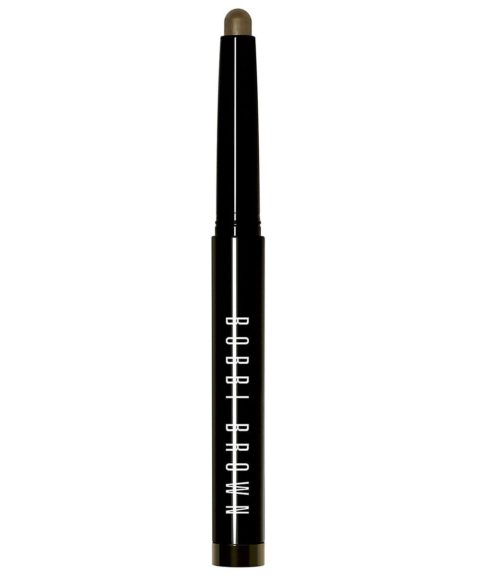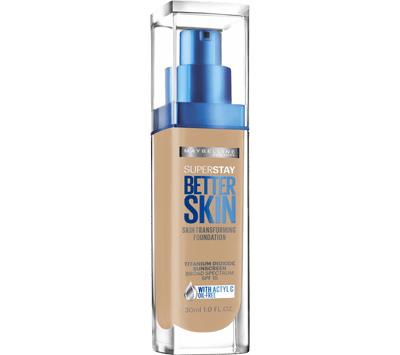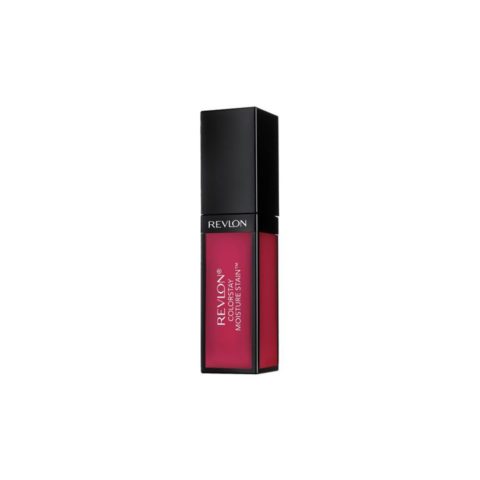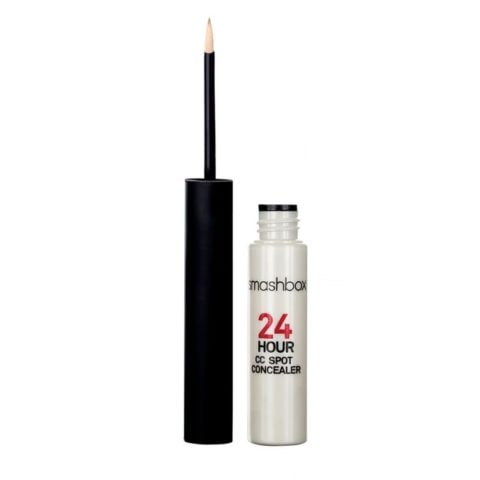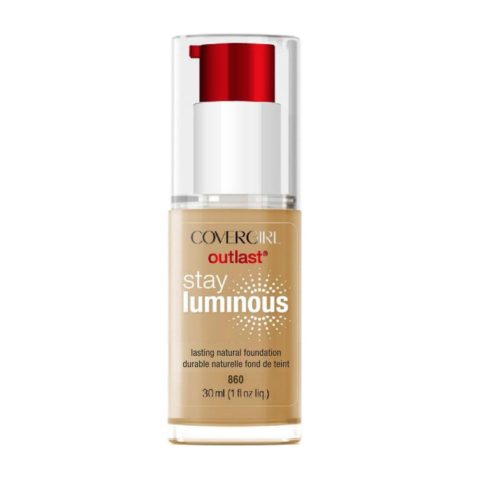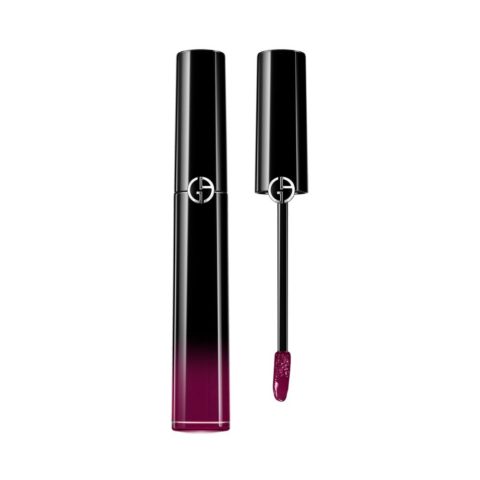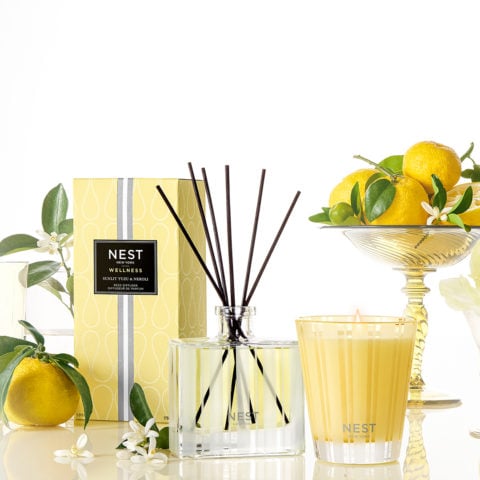Why long-wear makeup will always be the holy grail of cosmetics

When Bobbi Brown wanted to illustrate the tenacity of her long-wear eye makeup, in a recent ad campaign, she had a champion skydiver drop out of a helicopter and sent a pro surfer crashing into an ocean’s waves—both wearing the product. While most of us won’t be swimming with sharks anytime soon, the experiment shows how far long-wear makeup has come, with extreme sport mirroring the demands of our evermore hectic lives. That level of performance is at the heart of a new crop of lip and face makeup that boasts serious staying power, comfortable wear and, in some cases, active ingredients to simultaneously treat skin.
And that’s no mean feat. Foundation longevity, for one, is notoriously tricky; it’s difficult for formulators to create something that stays put, feels lightweight and can adapt to the complexion’s furrows and smile lines. What’s more, assaults like oil and sweat can break down the formula or even change its colour. Meanwhile, long-wearing lipstick has the opposite problem: Lacking sebaceous glands, the lips easily dry out and adding emollients to the formula to ease dryness can decrease its wearability.
The first forays into long-wear makeup came by way of brands such as Max Factor in the early 20th century. Factor, the man, created face paints for silver screen stars that held up against the makeup-melting heat of studio lights. The first commercially available foundation—dubbed Pan-Cake Makeup—was famous for its lasting power, with no need for retouching. Such was the case with No-Smear Lipstick, introduced in 1950 by entrepreneur Hazel Bishop. One of the first long-wearing lipsticks, it purportedly stayed on through smoking, eating and, most notably, kissing, as touted in its famous tagline, “Stays on you, not on him!” The success of No-Smear led to the rise of “indelible” lipsticks by the likes of Coty, Revlon and Helena Rubinstein later that decade.
Traditionally, long-wearing makeup has relied on a mix of heavy-duty polymers blended with a solvent such as water that dries to form a film on skin. “The more adherent and complete the film, the longer the wear,” says Donald Frey, a product development consultant for the beauty industry. It gets tricky when the polymers dry and set, as they generally shrink and contract, leaving skin feeling tight and uncomfortable. “If the film is too rigid and doesn’t bend and flex with the skin, it will break into pieces and reduce the wear,” adds Frey.
But the new wave of polymers with elastic properties and limited water solubility has spawned makeup formulas that go the extra mile. “They flex, they’re more comfortable and can be cleaned without special cleansers, but they also have some resistance to regular perspiration or crying,” says Frey. Take Maybelline New York’s SuperStay Better Skin foundation. It offers all-day wear and lightweight coverage using a blend of silicon film formers that creates a flexible 3-D gel system, which “wraps pigments and soft-feel particles into an airy network that moves on skin,” says Gracemarie Papaleo, assistant vice-president, research and innovation, at Maybelline New York. Meanwhile, Actyl-C, a vitamin C derivative, brightens skin and targets dark spots over time. “It acts like a facial mask,” she says, “continually working to improve the skin’s appearance, tone and texture,” without feeling caked on.
Achieving lasting coverage while still allowing the skin to show through was top of mind for CoverGirl when it created Outlast Stay Luminous Natural Glow Foundation. Though long-wear makeup has customarily offered a matte finish, Stay Luminous gives the skin radiance along with longevity, courtesy of a shine polymer, glow pigments and silica to absorb excess oils. “We don’t want to over-absorb, because we want that luminous finish, but we need to absorb enough so the foundation doesn’t fall apart,” says Dr. Sarah Vickery, CoverGirl’s principal scientist. “People are concerned about transfer or that it’s raining outside, but most of what destroys foundation is from the inside out versus the outside in.”
Smashbox is another brand helping the long-wear category evolve, which isn’t that surprising, considering the company was founded by Max Factor’s great grandsons. For 24 Hour CC Spot Concealer, it looked to technology from outside the beauty realm: medical-grade liquid bandage technology. “This raw material was originally created for the pharmaceutical industry to make medical patches flexible and non-irritating, while staying on the skin and consistently delivering active ingredients to patients,” says Jill Tomandl, vice-president of product development and innovation for Smashbox. When incorporated into the concealer formula, the liquid bandage’s polymers cover imperfections with a flexible, high-pigment film that lasts for up to 24 hours. Giorgio Armani’s Ecstasy Lacquers were also inspired by that concept. “I’m obsessed with spray on Band-Aids,” says the brand’s international makeup artist, Linda Cantello, who shared the idea with the R&D team. A cross between a lip stain and a gloss, the result is a transparent film that adheres to lips via an oil and water emulsion, acting like a second skin.
The future of long-wear makeup lies in smarter, more pliable polymers, says Frey. “We’ll continue this evolution, especially with water-based polymers. It’s all about making the formulas more breathable.” He also says we’ll see more crossover technology from other industries. “People have long recognized that what we do on our faces is not all that different from how you apply ink on paper or paint onto houses.” And while makeup trends may come and go, long-wear is always going to be the “holy grail” for women, Frey says. “Whatever the look of the moment is, wear is always something women want to hold on to.”

